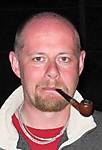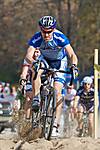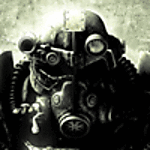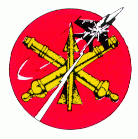Sure why not , just for you Tony !
There are two different types of pastels . You have oil pastels and chalk pastels .
Chalk pastels work the best . You can use them over a gloss coat or dull coat , but you want a dull coat over the model first this will provide " tooth " for the chalk to hold on to . There are a few things you will need which are on your bench already ...
1 . A few soft brushes , flat ones and round ones with fine points . ( only use these brushes for this )
2. sanding sticks or sand paper , fine will be the better choice , but medium will work as well .
3. Q-tips ! for applying and removing mis-haps
4. A small water dish and and old rag for clean up or removing mis-haps as well .
After the dull coat has dried on a piece of paper rub the chalk on the sanding stick until you have a small pile of chalk . ( make sure all figure prints are gone , will stick out like a sore thumb if you don't ! ) Take a brush or q-tip and dap it into the pile work it into the brush . tap off any access . Apply to the model in the direction of air flow . Build this up until you are happy with the desired affect . If to much is on dampen a q-tip with water and wipe it off and start over .
Might take some time on getting the hang of it but the end results are awesome .





These are the shades I use . After you are done with the weathering you can add another coat of dull to it , but it will lightly darken the shade of the pastels . Fear not though . I always mix in a little white or grey to solve this . Experiment with it and have fun .














































